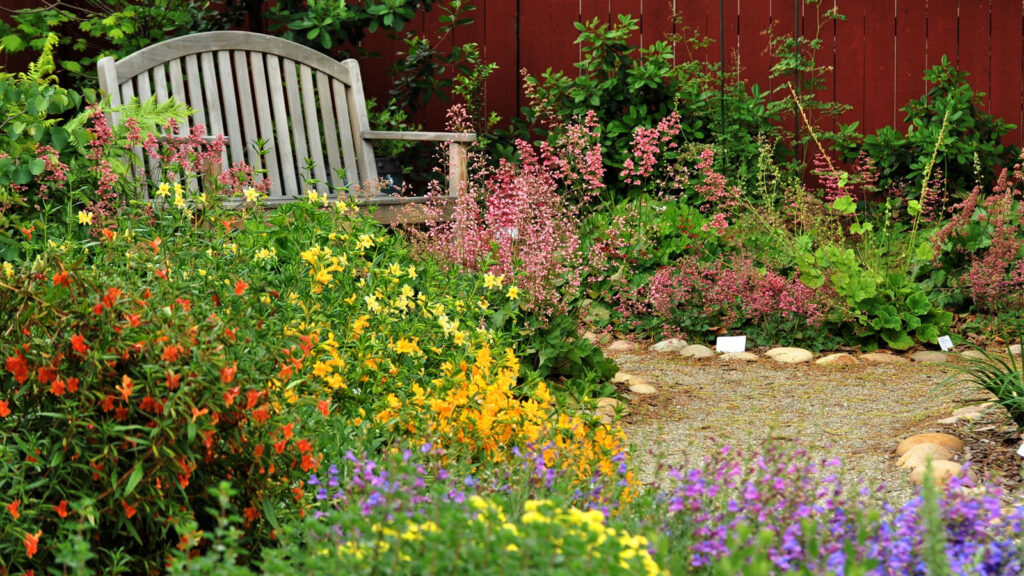As a gardener, one of my top priorities is creating a space that not only looks beautiful but also supports the local ecosystem. One of the most important ways to do this is by creating a pollinator-friendly garden. Pollinators, such as bees, butterflies, and hummingbirds, play a crucial role in the health of our environment, and providing them with a safe and nourishing habitat is essential.
The first step in creating a pollinator-friendly garden is choosing the right plants. I’ve found that native plants are often the best choice, as they are well-adapted to the local climate and provide the necessary food and shelter for native pollinators. Some of my favorite pollinator-friendly plants include milkweed, which is a vital food source for monarch butterflies, and bee balm, which attracts a variety of bees and hummingbirds with its vibrant flowers.
In addition to selecting the right plants, it’s also important to provide a variety of blooms throughout the growing season. This ensures that pollinators have a consistent source of food from spring to fall. I make sure to include a mix of early-blooming flowers, such as crocuses and daffodils, as well as late-blooming plants like asters and goldenrod. This diversity not only supports pollinators but also adds visual interest to my garden.
Another key aspect of a pollinator-friendly garden is providing a source of water. A shallow birdbath or a small pond can be a lifesaver for thirsty pollinators, especially during hot, dry periods. I’ve also added some rocks and pebbles to my water features to give bees and butterflies a place to perch while they drink.
Finally, it’s crucial to avoid using pesticides and other harmful chemicals in your garden. These substances can be deadly to pollinators and can have long-lasting effects on the local ecosystem. Instead, I opt for natural pest control methods, such as companion planting and using beneficial insects to keep pests in check. By creating a safe and nourishing environment for pollinators, I’ve not only enhanced the beauty of my garden but also contributed to the health and well-being of the local ecosystem.
